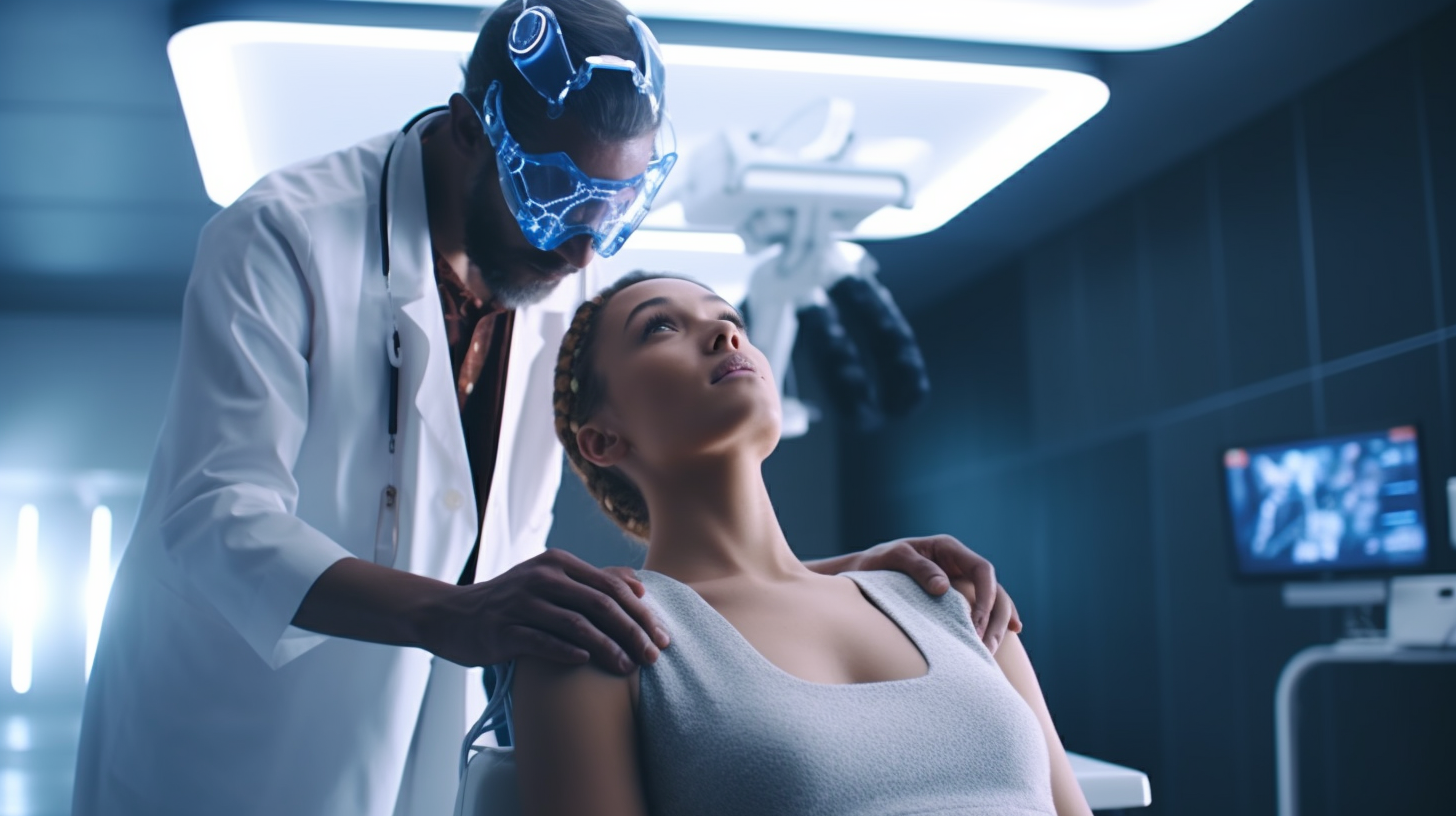Original Post: June 8, 2067
A seismic shift in neuroscience and technology is subtly yet fundamentally transforming the world as we know it. At the heart of this revolution is Neural Lace, an intricate nanotechnological construct designed to interact directly with our brain cells. It’s an innovation that has captured the global imagination and sparked intense debate. While its potential is expansive, it simultaneously invites a multitude of ethical and societal dilemmas that cannot be overlooked.
First envisioned by pioneers such as Neuralink in the dawn of the 21st century, the Neural Lace concept is now, in 2067, a well-realized, biocompatible device with an unparalleled capacity to integrate with our brain tissues. The scope of its applications is both enthralling and unnerving.
Neural Lace, with its profound promise, could provide therapeutic solutions for neurodegenerative diseases, enhance our cognitive faculties, and potentially empower humanity to keep abreast of the swift currents of artificial intelligence. However, this technology also fuels worries surrounding privacy, security, and the essence of our human identity.
Imagine possessing an implant that could amplify your cognitive prowess, bolster your memory, or enable you to assimilate a new language in a fraction of the conventional time. These are mere fragments of what Neural Lace technology could offer. Yet, it begs the question – at what expense? What ensues when our thoughts become readable, or even worse, susceptible to manipulation? What implications arise for personal privacy when our minds are interconnected with the digital web?
Moreover, who holds the power to determine who can access this kind of technology? The possibility of a significant socio-economic chasm emerging, where individuals with the means for neural enhancement eclipse those without, raises grave concerns. It necessitates rigorous regulation and equitable distribution of this technology to avert a potential divide in neurotechnology.
Notwithstanding these challenges, the relentless march of technology carries on. The epoch of brain-machine symbiosis isn’t a distant prospect; it’s our present reality. As we venture forth, we must aim to capture the advantages of breakthroughs like Neural Lace, all the while diligently addressing the ethical and societal conundrums they provoke.
The allure of Neural Lace technology is boundless, but so too is our obligation to navigate its societal implications. We are collectively embarking on this journey, and it is my hope that we steer this course with wisdom, foresight, and an unwavering dedication to our shared human welfare.
Dr. Sol Tran




